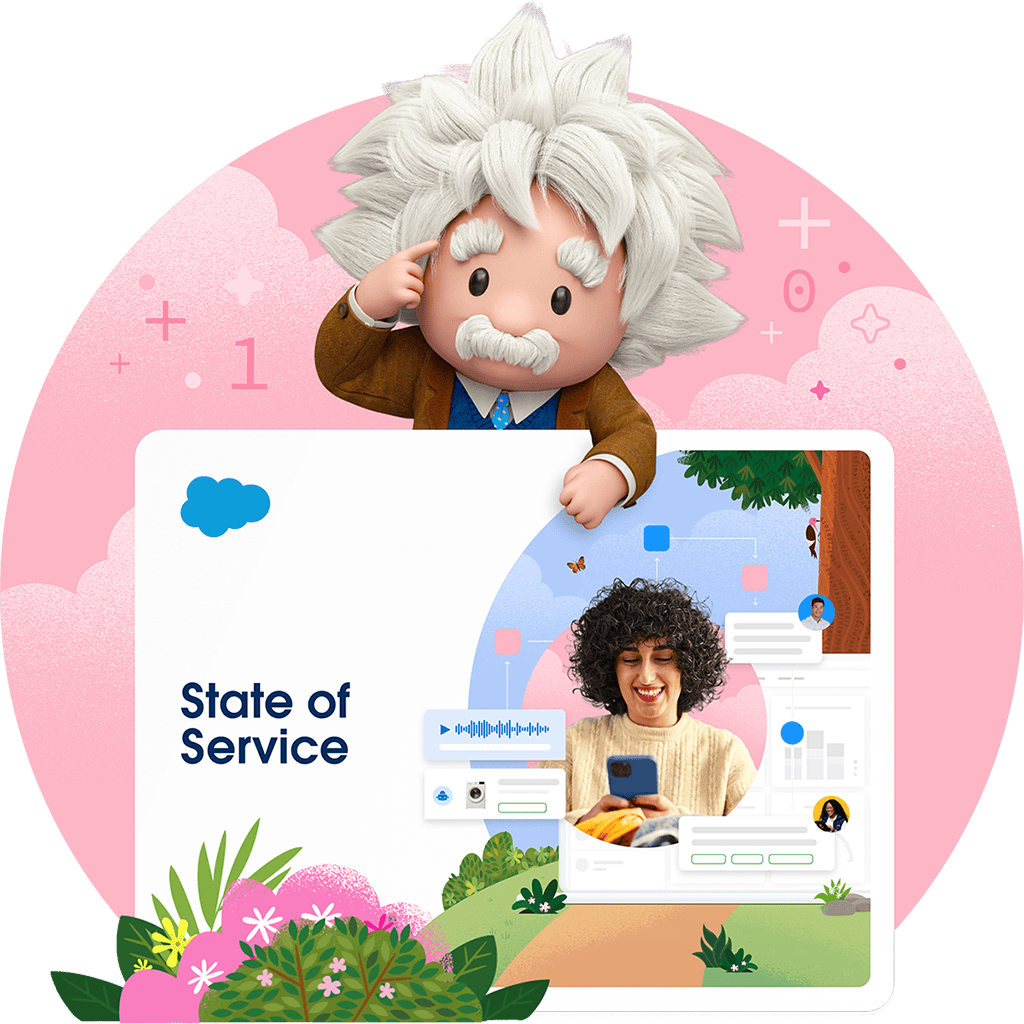
What Is an AI Chatbot? — And How To Identify Their Must-Have Features
Curious about using AI chatbots to enhance customer experience? Here's a quick look at the top features you should be using to maximise productivity and customer satisfaction.

Curious about using AI chatbots to enhance customer experience? Here's a quick look at the top features you should be using to maximise productivity and customer satisfaction.


AI chatbots in customer service are digital assistants that use artificial intelligence to understand and respond to customer inquiries in real time. They can help resolve simple issues around the clock and free up your agents to focus on complex issues that require critical thinking and empathy. By assisting with things like self service, simple transactions, and prompt problem resolution, an AI chatbot provides an extra layer of support for service teams.
With 83% of decision-makers planning to increase their AI investment next year, according to the latest State of Service report, it's clear that AI chatbots are here to stay. But if you're new to AI, you may be wondering, "What exactly is an AI chatbot and what are its benefits?" We'll walk you through the fundamentals, their role in customer service, and identify some key features you should prioritise.

High-performing organisations are using data, AI, and automation to deliver faster, more personalised service. Find out how in the 6th State of Service report.
An AI chatbot is software that simulates human conversation with an end user. They are typically used in customer service as virtual assistants that help customers navigate through simple tasks or processes. These might include answering FAQs, providing product recommendations, and facilitating transactions. They help streamline processes by offering anytime responses, which reduces wait times, boosts overall efficiency, and improves customer experience.
Unlike traditional chatbots, which rely on preprogrammed rules and responses, AI chatbots use natural language processing (NLP) and machine learning
(ML) to understand and dynamically respond to user queries. This enables them to engage in more natural and contextually relevant conversations, adapt to user inputs over time, and handle a wider range of issues with greater accuracy and efficiency.
AI chatbots support service teams by taking basic tasks and transactions off their plates. With simple tasks covered, live agents can put more of their energy toward solving complex problems and building relationships with customers — situations that often require empathy and compassion, which AI is less equipped to handle.
Here are some of the other key benefits of AI chatbots for customer service teams:
When used for customer service, AI chatbots primarily handle basic service tasks and simple workflows. However, there are chatbots that specialise in accomplishing specific functions. AI agents extend beyond these tasks by handling complex interactions, making autonomous decisions, and integrating with broader systems for a more comprehensive customer service experience.
Five common types include:
Costs associated with developing AI chatbots can vary depending on several factors, including the complexity of the chatbot, its functionality, and the development approach. Service teams should prioritise their most important problems and select chatbot features accordingly.
Once you know what you want a chatbot to handle, it's time to choose the best customer service solution for the job. Here are some important features to consider and how service teams can use them to maximise their benefits.
AI chatbots are a powerful tool you can use to enhance customer interactions. With the right features, service teams can deliver chatbot experiences that both streamline operations and engage users. Whether it's ensuring natural conversations, providing immediate assistance, or increasing productivity, AI chatbots can support your service efforts and enhance the customer experience.
Staying updated on both technology trends and customer needs will be crucial for service teams to keep their chatbot strategies relevant and effective. With the right approach, you can work toward achieving smoother and more valuable interactions — and better CSAT.

Provide personalised and intelligent service using AI-powered chatbots built directly into your CRM. Speed up issue resolution and help your teams do more with bots integrated with your Salesforce data.